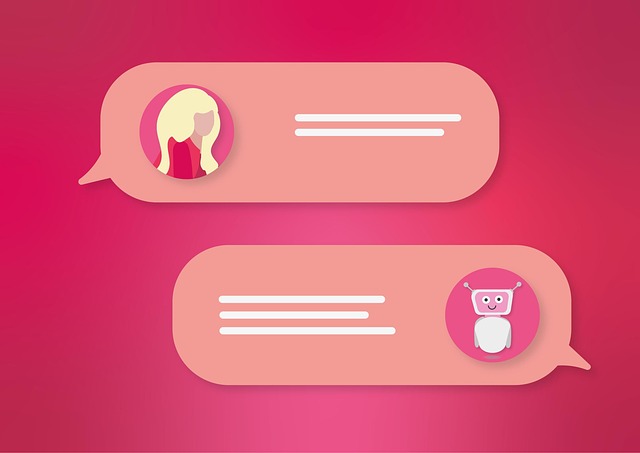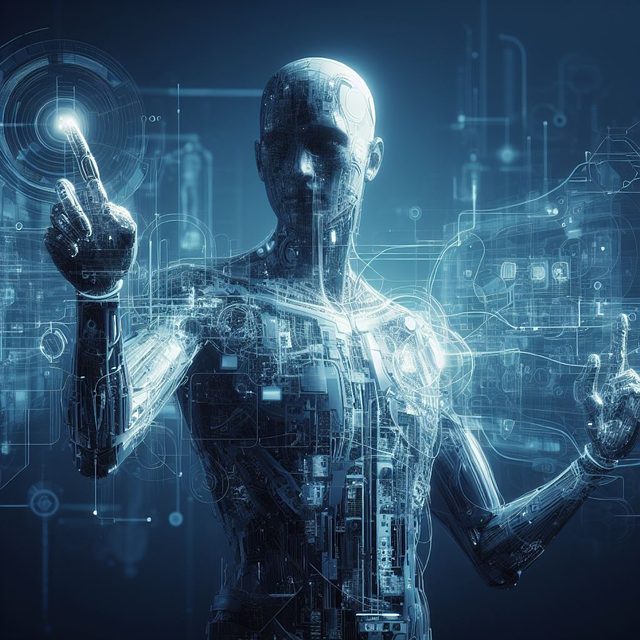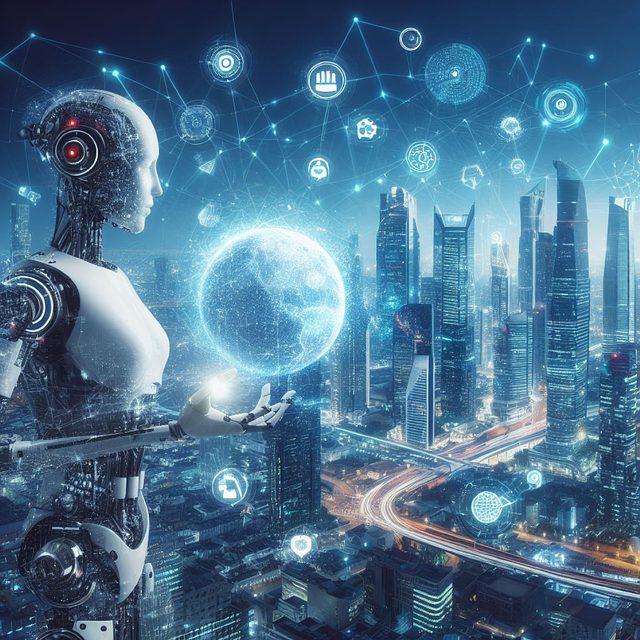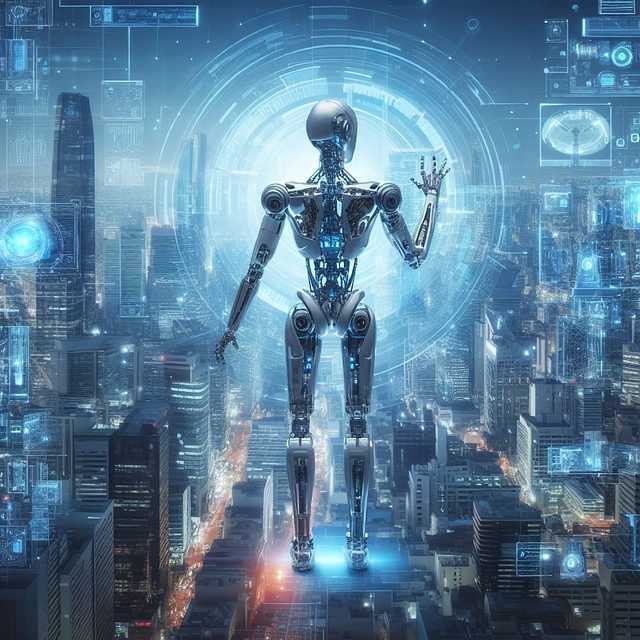AI chatbots, powered by NLP and ML, have transformed digital interaction, offering 24/7 assistance and personalized experiences. Choosing the right technology stack, with pre-trained models and scalable infrastructure from major tech companies or specialized frameworks, is crucial for development. Design involves defining purpose, target audience, dialogue flows, and training the model with diverse data to enhance accuracy. Successful deployment across platforms allows continuous improvement based on user feedback and real-world interactions, keeping up with the competitive landscape of online conversational agents.
“Unleash the power of conversational AI with our comprehensive guide on creating AI chatbots. From understanding the fundamentals to choosing the right technology, designing engaging interactions, and continuous improvement, this article covers everything you need to know. Learn how to develop intelligent assistants that enhance customer service and streamline tasks. Discover best practices and tools for building high-performing ai chatbots online, transforming the way your business engages with customers.”
- Understanding AI Chatbot Basics
- Choosing the Right Technology and Tools
- Designing and Training the Chatbot
- Deployment and Continuous Improvement
Understanding AI Chatbot Basics

AI chatbots have become increasingly prevalent in our digital lives, from virtual assistants on smartphones to customer service bots on e-commerce sites. At their core, these conversational agents rely on natural language processing (NLP) and machine learning algorithms to understand and respond to user queries. The foundation of an AI chatbot is a sophisticated algorithm that processes text input, extracts intent and entities, and generates appropriate responses.
These chatbots are designed to simulate human-like conversations, leveraging vast amounts of data to learn patterns and context. They can be categorized based on their complexity: simple rule-based systems that follow predefined scripts, and more advanced deep learning models capable of understanding and generating human-like text. The rise of AI chatbots online has transformed the way we interact with technology, offering 24/7 assistance and personalized experiences.
Choosing the Right Technology and Tools

When creating an AI chatbot, selecting the appropriate technology and tools is a pivotal first step. The right choice will significantly impact its performance, capabilities, and ease of development. For instance, choosing a platform that supports Natural Language Processing (NLP) and Machine Learning (ML) algorithms is essential for enabling your chatbot to understand and generate human-like responses.
Popular options include specialized AI chatbot frameworks and cloud-based services offered by major tech companies. These platforms often provide pre-trained models, development environments, and scalable infrastructure, making it easier to build and deploy online AI chatbots without requiring extensive technical expertise. Additionally, considering factors like customization, integration capabilities, and cost will help you pick the most suitable technology stack for your project’s unique needs.
Designing and Training the Chatbot

When designing an AI chatbot, the first step is to define its purpose and target audience. This involves identifying the types of questions the chatbot will answer and the tasks it will perform. Once this is established, developers can create a dialogue flow that maps out how conversations should progress. This process includes crafting greetings, understanding user inputs, and planning relevant responses.
Training an AI chatbot involves feeding it vast amounts of data to teach it to recognize patterns in human language. The quality and diversity of this training data are crucial for the chatbot’s performance. Developers use machine learning algorithms to train the model, adjusting parameters to improve its accuracy over time. As more users interact with the chatbot online, its capabilities expand, allowing it to understand a broader range of queries and provide more sophisticated responses.
Deployment and Continuous Improvement

Once your AI chatbot is developed, deployment is the next crucial step. Making your chatbot accessible to users through websites, apps, or messaging platforms allows it to engage with a broader audience and gather valuable feedback. This real-world interaction is essential for continuous improvement as it helps identify areas where the chatbot can enhance its performance, accuracy, and user experience. Regularly updating and refining the chatbot based on user interactions ensures that it stays relevant and effective in addressing user needs.
Continuous improvement involves monitoring user engagement, analyzing conversation logs, and incorporating feedback. By using these insights, developers can fine-tune the chatbot’s responses, expand its knowledge base, and enhance its ability to handle diverse user queries. Regular updates also ensure that your AI chatbot remains competitive in the rapidly evolving field of online conversational agents.
Creating an AI chatbot isn’t just for tech giants anymore. With the right understanding of AI chatbot basics, selection of technology and tools, thoughtful design and training, and continuous deployment and improvement, anyone can develop a robust and engaging AI chatbot to enhance customer service, streamline operations, and provide 24/7 support. Whether you’re a startup or an established business, embracing ai chatbots online is a strategic move towards better user experiences and increased efficiency.
